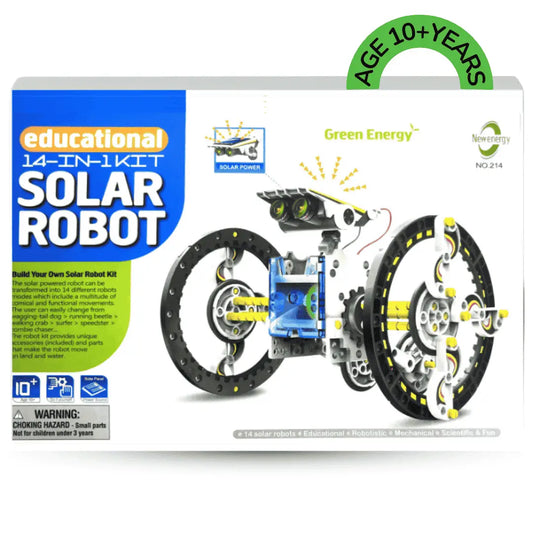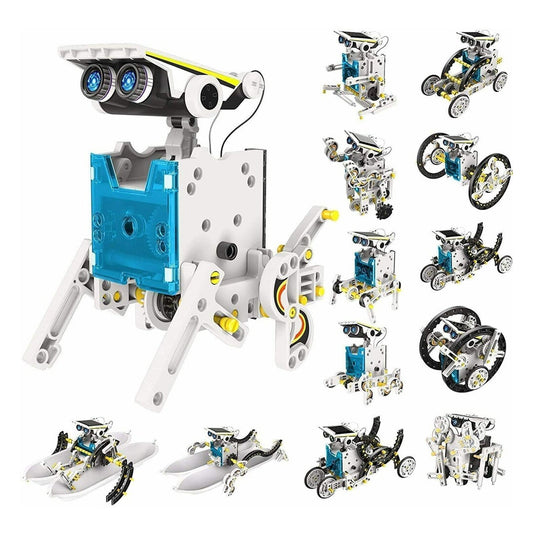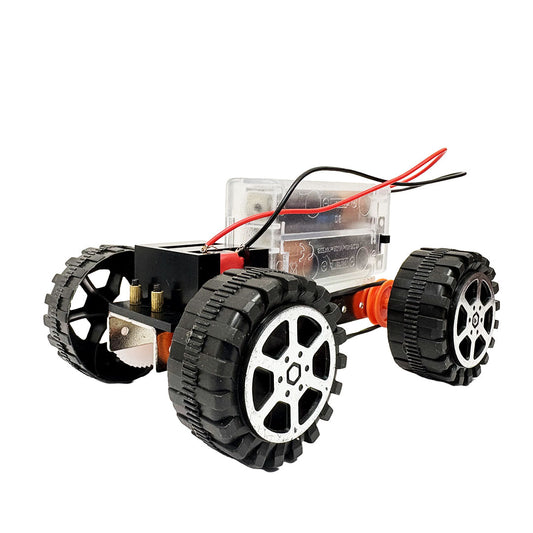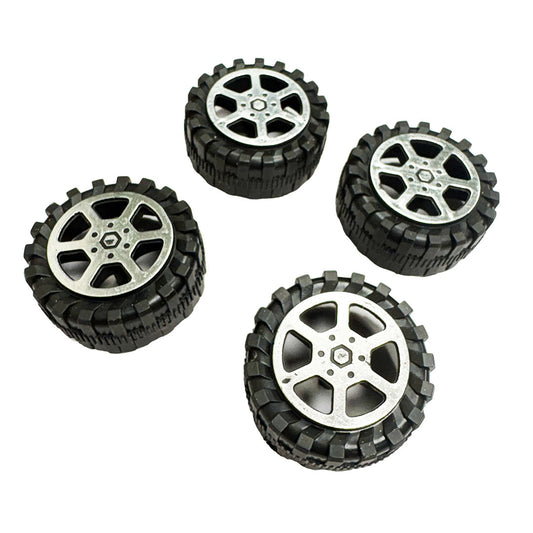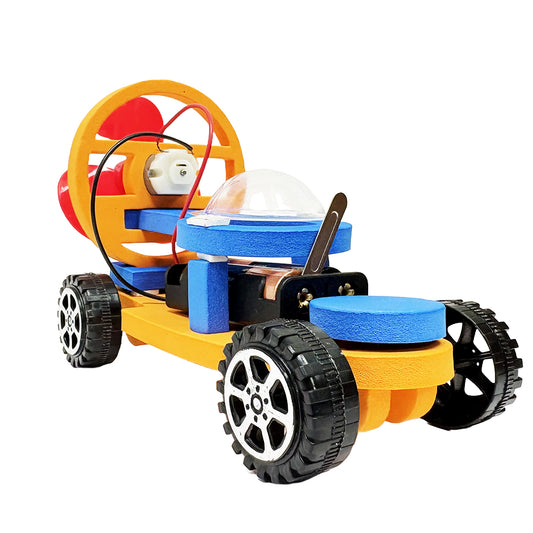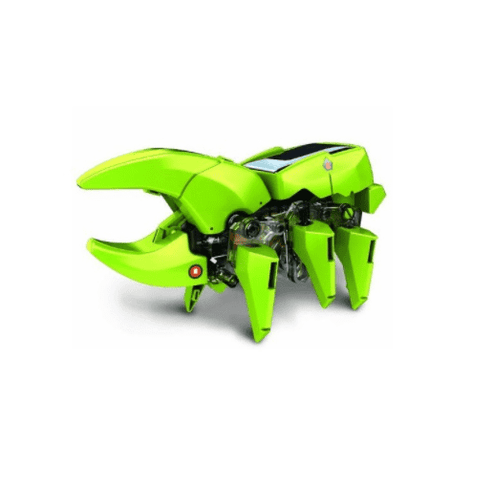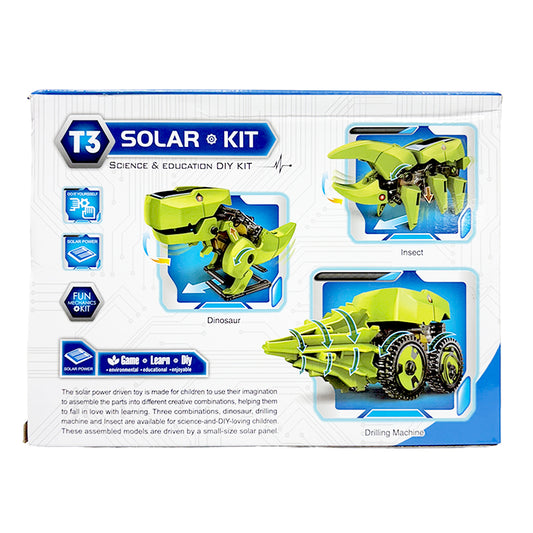
Arduino-Uno programming-Code Your First Project Today
IEM RoboticsTable of Content
- What is arduino uno
- Setting up the Arduino Uno
- Arduino IDE
- Sketch: arduino uno programming
- Data types and variables used in arduino uno programming
- The difference between digital and analog
- Debugging and serial communication
- Libraries in arduino uno programming
- Troubleshooting code
- Project ideas to try out
- Conclusion
The arduino uno programming is a great place to start if you've ever wanted to build your own devices, automate chores, or even explore the world of electronics. This user-friendly microcontroller board has ignited a global maker movement, which has enabled engineers, students, and hobbyists to realize their ideas. With just a few lines of code and little setup, the Arduino Uno allows you to build a temperature-sensing robot or flash a bare LED.
There are several reasons for you to like Arduino Uno. It is inexpensive, open-source, and backed by a sizable creator community that regularly shares projects, lessons, and libraries. First, you don't have to be an electronics or coding whiz. The Arduino Uno's simple wiring and intuitive programming environment make it possible to transform total beginners into self-assured producers.
This blog will cover everything you need to know to begin programming your Arduino Uno, from configuring it and creating your first sketch to utilizing sensors, managing motors, and troubleshooting your projects. This extensive blog will teach you the fundamentals of Arduino Uno programming, whether you're learning for school, fun, or developing your next great innovation.
What is arduino uno
Arduino Uno is a microcontroller that is based on ATmega328P.As part of the ecosystem, it is designed to be accessible through open-source software and hardware. Moreover, it is easy to use, affordable, and offers community support. The following are some of its key features:
● Microcontroller: ATmega328P
● Operating voltage: 5V
● Digital I/O Pins: 14 (6PVM output)
● Analog Input Pins: 6
● Clock speed: 16 MHz
● USB interface: it is used for communication and adruino uno programming.
Setting up the Arduino Uno
Before you dive into the world of arduino uno programming language, it is essential to know how to set up your hardware and software.
Things you will need:
● Arduino uno board
● USB A to B cable
● A computer with access to the internet
● Jumper wires and breadboard
● LEDs, sensors, and resistors
Installation process of Arduino IDE
The Arduino IDE (Integrated Development Environment) officially lets you write and upload code to your board.
● Head to arduino.cc
● For your operating system, download the IDE
● Follow all the installation instructions that are given
● Once you have installed it, use the USB to plug your Arduino Uno and thus launch the IDE
Arduino IDE
You will use this platform to write, debug, and upload programs called sketches. The following is the list of what the interface looks like:
● Editor window: This is where you will be writing your code
● Verify button: This will compile your entire code for any errors
● Upload button: The code is sent to Arduino once it is compiled
● Serial monitor: This communicates with the Arduino board through the serial interface
● Board selector: for this select Arduino Uno
● Port selector: choose the correct USB port
Sketch: arduino uno programming
Blinking an LED is one of the most basic projects you can start with. Here is the arduino uno programming codes for that:
void setup() {
pinMode(13, OUTPUT); // Set digital pin 13 as output
}
void loop() {
digitalWrite(13, HIGH); // Turn LED on
delay(1000); // Wait 1 second
digitalWrite(13, LOW); // Turn LED off
delay(1000); // Wait 1 second
}
This is how it works
● setup() once the board is powered up or reset, this will run
● loop() it runs on repeat
● pinMode() This sets the mode of the pin
● digitalWrite() is like a switch that turns the pins off and on
● delay() for a given number of milliseconds, the program is paused through this
Once you upload the above code to Arduino, you will see the built-in LED, which is connected to pin 13, blink after every second.
Data types and variables used in arduino uno programming
If you want to program on Arduino, it is based on the programming language C/C++; thus, the syntax and data type are similar. Here are some of the common types of data:
● int: This stands for integer (for example, int x = 10;)
● float: This is for decimal numbers (for example: float pi = 3.14;)
● char: You use this for single characters (for example: char letter = ‘A’;)
● boolean: If you want to use the true or false function, this is for you
● String: this is meant for text strings (for example: String name = ‘Arduino’)
All the variables you use must have clear names and should be defined before, so there is no debugging issue.
The difference between digital and analog
You will find both analog and digital pins in Arduino Uno; however, it is essential to understand why they differ.
Digital pins:
● These pins will accept the values of either high or low
● It is usually used for operations that are simple and include just on and off operations, such as in LEDs and buttons
Analog pins:
● These pins, on the other hand, read values ranging from 0-1023
● It is more useful for sensors that measure values that vary, for example, in light sensors or potentiometers
Reading an analog input:
Here is a code for reading analog input:
int sensorValue = 0;
void setup() {
Serial.begin(9600); // Start serial communication
}
void loop() {
sensorValue = analogRead(A0); // Read from analog pin A0
Serial.println(sensorValue); // Print value to Serial Monitor
delay(500);
}
Debugging and serial communication
Once you know which programming language is used in Arduino Uno, it is also important to know how to do debugging. Serial communication enables the Arduino to communicate with your computer. This also helps with monitoring. Here are some of the commands:
●Serial.begin(9600); - This will start your communication at 9600 baud
●Serial.print(“Hello”);- The command prints without a newline
●Serial.println(“World”),- It will print with a newline
These tools can prove helpful when you want to understand what code is doing in real time.
Libraries in arduino uno programming
Libraries increase Arduino's capabilities. Libraries for sensors, displays, motors, and other components can be included rather than having to write everything from scratch.
Here is how to use it:
● Go to Sketch, followed by Include Library, and lastly Manage Libraries
● Install whichever library you desire once you have searched. For example: Servo, DHT, Adafuit)
● Afterwards, use #include (LibraryName.h) in your code
Example of Servo Motor:
#include <Servo.h>
Servo myServo;
void setup() {
myServo.attach(9); // Attach servo to pin 9
}
void loop() {
myServo.write(90); // Move servo to 90 degrees
delay(1000);
myServo.write(0); // Move to 0 degrees
delay(1000);
}
Troubleshooting code
Here are some common errors that you might make while making; however, that is alright and you do not need to panic, as you just need to follow the simple tips:
Common errors:
● COM Port not being detectable: For this first check, your USB and cable port
● Errors with compilation: Maybe you missed a semicolon or there was a typo; recheck your code
● Upload failures: Check the board settings or press the reset button
Tips to keep in mind:
● Make use of the serial monitor to keep up with what your code is doing
● Break the longer programs into smaller parts
● To gain clarity, comment your code
Project ideas to try out
Here are some beginner-friendly project ideas for you to try out once you have figured out the basics of arduino uno programming
1. LED Traffic Light controller: All you need is 3 LEDs to stimulate the traffic lights
2. Temperature controller: For this log, DHT11 readings are taken onto an SD card
3. Obstacle-avoiding robot: This project combines motors with ultrasonic sensors
4. Digital Dice: With the help of LEDs and a button, it shows numbers from 1-6
5. Morse code transmitter: Based on the button inputs, you can blink an LED
Conclusion
The arduino uno programming is more than just for a microcontroller; it's a platform for invention, creativity, and experiential learning. You've seen how simple and accessible it is to make electronic projects come to life with only a few parts and some code, from blinking an LED to reading sensor data and controlling motors. In today's technologically advanced world, the abilities you acquire through Arduino programming.
Such activities as logic construction, problem-solving, and circuit design are entertaining and extremely valuable. As you keep trying, remember that each attempt, no matter how easy, broadens your knowledge. Making errors is necessary for learning; therefore, don't be scared to do it. Use forums, tutorials, and open-source code to further your ideas because the Arduino community is large, friendly, and always willing to assist. The Arduino Uno provides countless chances to experiment with electronics and embedded programming, regardless of your background, student, a hobbyist, or a future engineer. Therefore, continue coding, tinkering, and above all, building. All it takes is a sketch to create your next amazing project.

